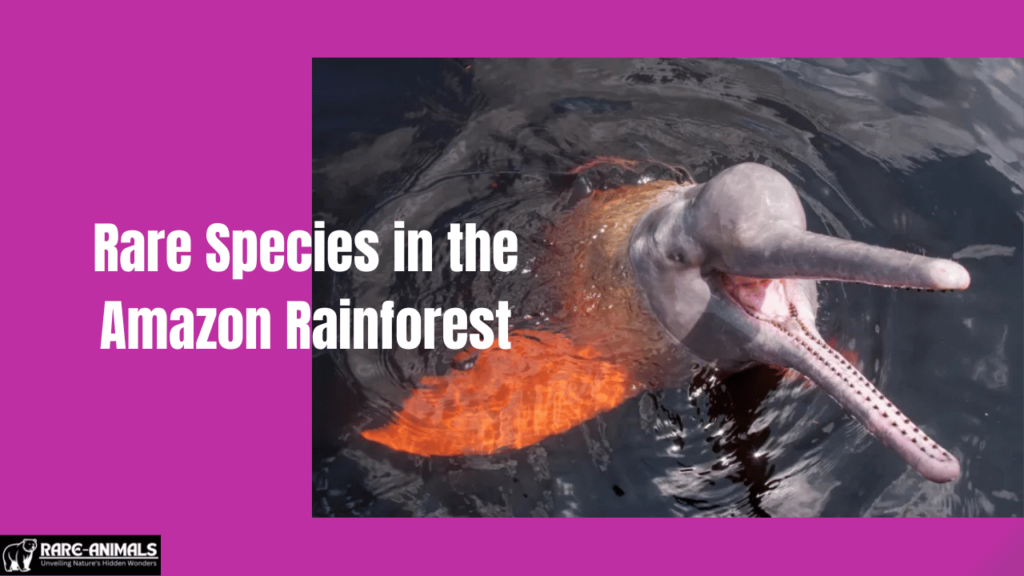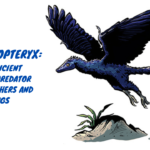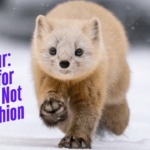The Amazon Rainforest, often referred to as the “lungs of the Earth,” is home to an astounding variety of flora and fauna. Among the millions of species inhabiting this vast ecosystem, some are incredibly rare and uniquely adapted to thrive in their environment.
This article explores rare species in the Amazon Rainforest, their unique characteristics, and the importance of conserving these remarkable organisms.
The Biodiversity of the Amazon Rainforest
The Amazon Rainforest spans nine countries and covers approximately 5.5 million square kilometers. It hosts over 10% of the world’s known species, making it one of the most biodiverse regions on Earth. The rich biodiversity is attributed to:
- Favorable Climate: Warm temperatures and high humidity support diverse life forms.
- Complex Ecosystems: Layers of vegetation provide habitats for various species.
- Abundant Resources: An ample supply of water and nutrients fosters growth and sustenance.
Despite its biodiversity, the Amazon is home to rare species that are often overshadowed by more commonly known ones. These rare species contribute significantly to the ecological balance and scientific understanding of life.
Rare Species of the Amazon Rainforest
1. Pink River Dolphin (Inia geoffrensis)
- Habitat: Freshwater rivers and tributaries.
- Features:
- Known for its pink coloration, which intensifies with age.
- Exceptional echolocation abilities to navigate murky waters.
- Threats:
- Habitat destruction due to dam construction and pollution.
| Feature | Description |
|---|---|
| Habitat | Freshwater rivers |
| Unique Trait | Pink coloration |
| Conservation Status | Endangered |
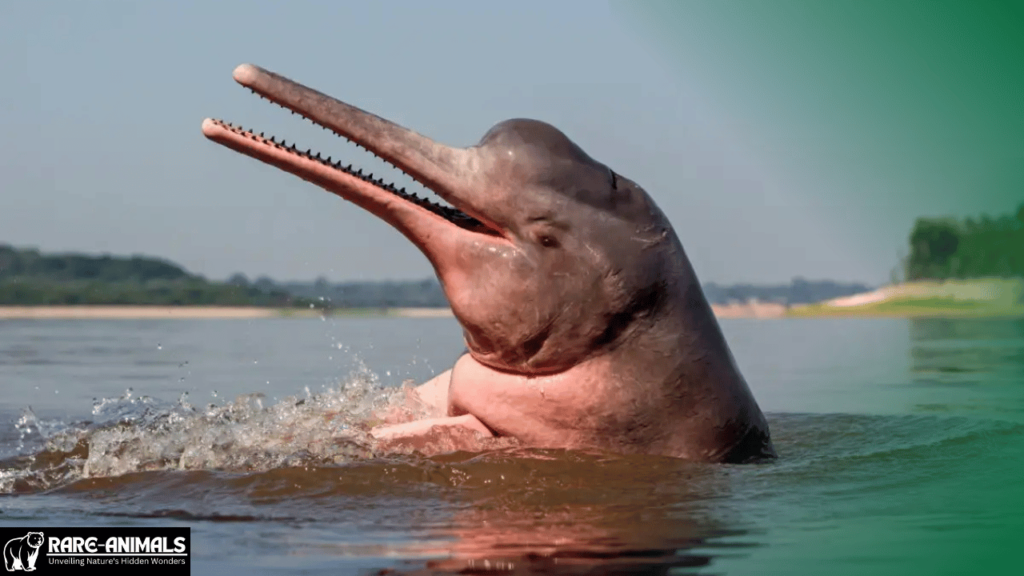
2. Harpy Eagle (Harpia harpyja)
- Habitat: Upper canopy of tropical forests.
- Features:
- Powerful talons capable of lifting prey as heavy as monkeys or sloths.
- Crown of feathers resembling a fan.
- Threats:
- Deforestation reducing nesting sites.
| Feature | Description |
| Wingspan | Up to 2 meters |
| Prey | Monkeys, sloths |
| Conservation Status | Near Threatened |
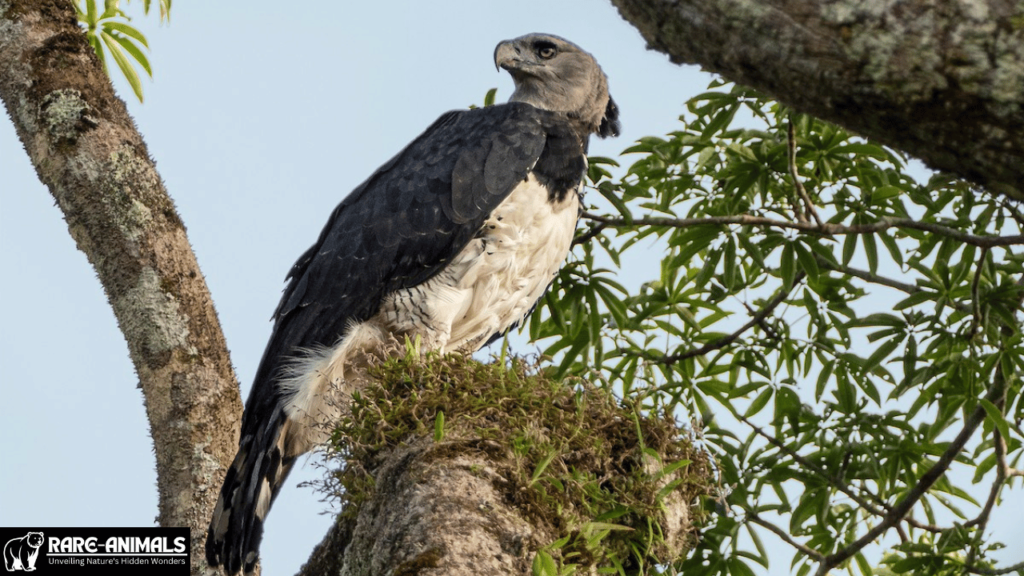
3. Amazonian Giant River Otter (Pteronura brasiliensis)
- Habitat: Rivers, lakes, and wetlands.
- Features:
- Can grow up to 1.8 meters in length.
- Highly social, living in groups of up to 20 individuals.
- Threats:
- Illegal hunting for pelts and habitat loss.
| Feature | Description |
| Group Size | Up to 20 |
| Diet | Fish and small aquatic animals |
| Conservation Status | Endangered |
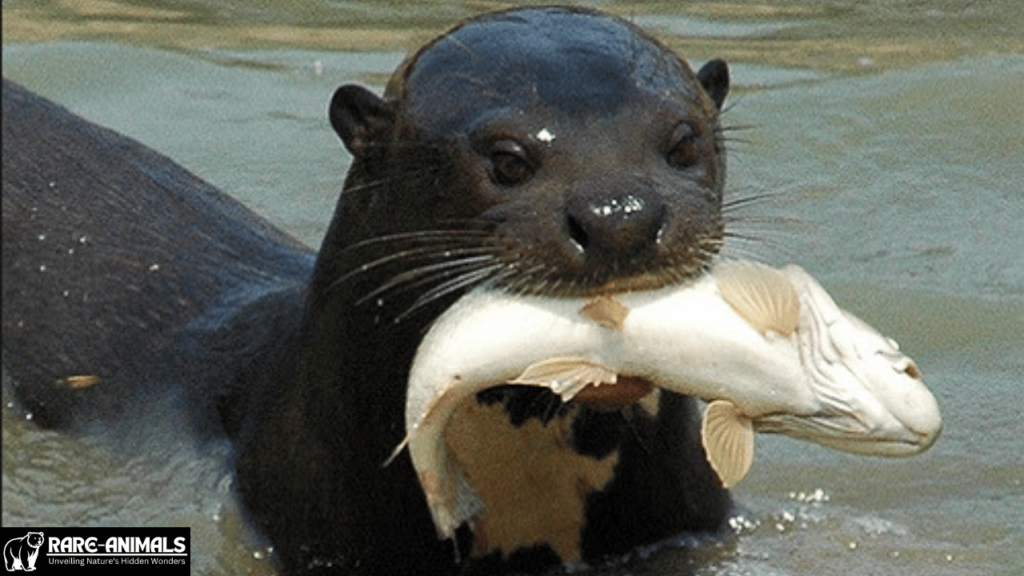
4. Glass Frog (Centrolenidae)
- Habitat: Leaves near streams.
- Features:
- Transparent skin revealing internal organs.
- Excellent camouflage capabilities.
- Threats:
- Water pollution and deforestation.
| Feature | Description |
| Skin | Transparent |
| Habitat Preference | Near freshwater streams |
| Conservation Status | Vulnerable |
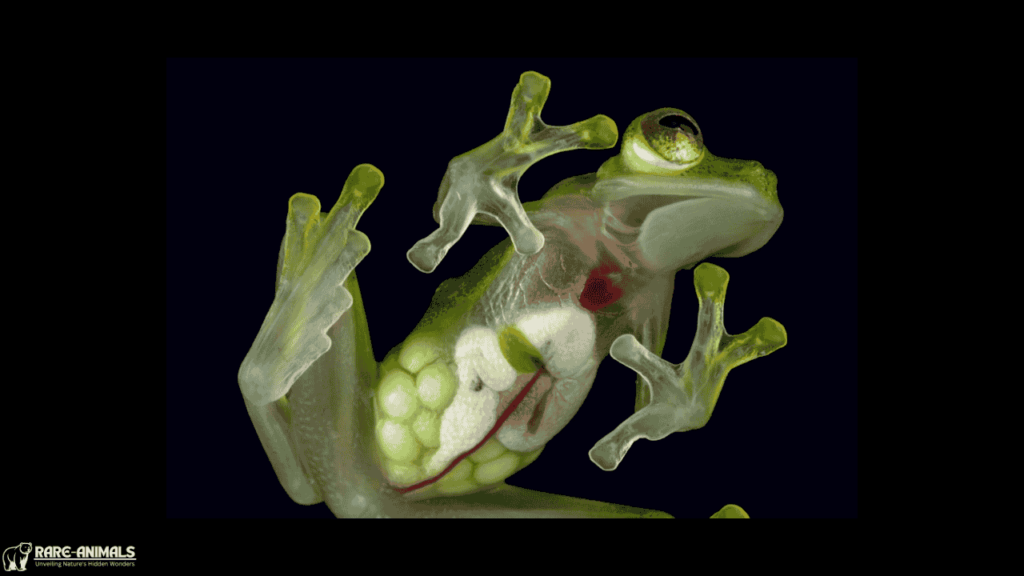
5. Giant Armadillo (Priodontes maximus)
- Habitat: Forest floors and grasslands.
- Features:
- Largest armadillo species, growing up to 1.5 meters.
- Strong claws for digging burrows and finding food.
- Threats:
- Habitat fragmentation and poaching.
| Feature | Description |
| Size | Up to 1.5 meters |
| Diet | Insects and small invertebrates |
| Conservation Status | Vulnerable |
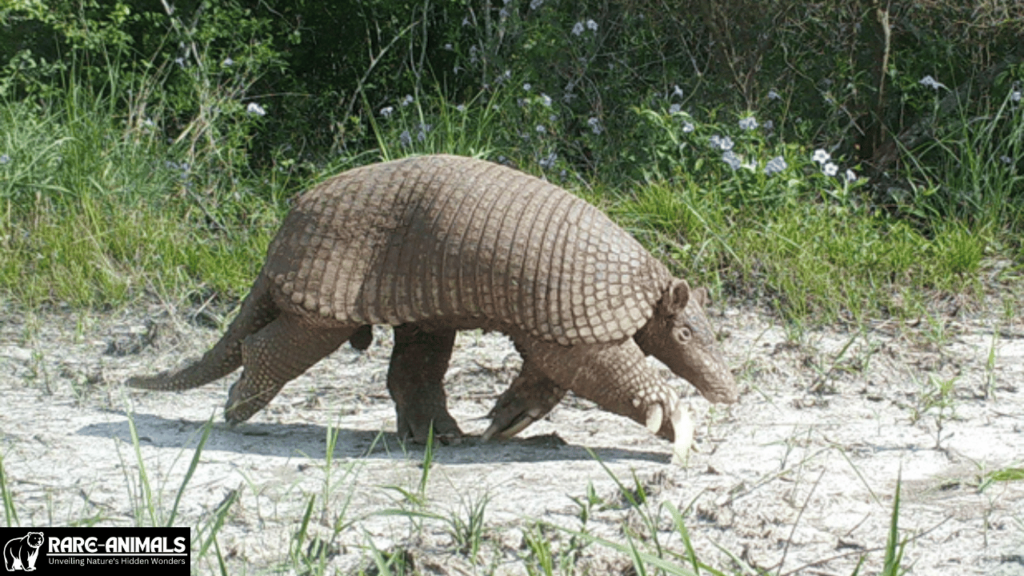
Importance of Rare Species
Ecological Balance
- Rare species play critical roles in maintaining ecosystem stability. For example, the Harpy Eagle controls populations of herbivores, preventing overgrazing.
Scientific Discovery
- Unique traits, such as the transparent skin of the Glass Frog, inspire advancements in medical and biological research.
Cultural Significance
- Indigenous communities often view these species as sacred, integrating them into their folklore and traditions.
Threats to Rare Species in the Amazon
Habitat Destruction
- Logging, agriculture, and urbanization are major contributors to habitat loss.
Climate Change
- Altered weather patterns affect breeding and migration cycles.
Illegal Wildlife Trade
- Rare species are often targeted for their unique features, such as the pelts of the Giant River Otter.
| Threat | Impact |
| Deforestation | Loss of nesting and feeding grounds |
| Pollution | Degrades water quality |
| Hunting and Poaching | Reduces population numbers |
Conservation Efforts
Protected Areas
- Establishing reserves and national parks to safeguard habitats.
Community Engagement
- Involving local communities in conservation projects ensures sustainable practices.
Research and Monitoring
- Studying species behavior and habitat needs aids in formulating effective conservation strategies.
| Strategy | Outcome |
| Protected Areas | Secure habitats |
| Education Programs | Raise awareness |
| Research Initiatives | Inform conservation policies |
Conclusion
The rare species of the Amazon Rainforest are vital to its ecosystem and a source of fascination for scientists and nature enthusiasts alike.
Protecting these species requires collective efforts in conservation, sustainable practices, and community involvement.
By prioritizing these actions, we can ensure the Amazon’s incredible biodiversity remains intact for future generations.
FAQs
Q: Why are rare species important to the Amazon Rainforest?
A: Rare species contribute to ecological balance, scientific discoveries, and cultural heritage.
Q: What are the main threats to rare species in the Amazon?
A: Habitat destruction, climate change, and illegal wildlife trade are the primary threats.
Q: How can we help conserve rare species in the Amazon?
A: Supporting protected areas, reducing deforestation, and promoting sustainable practices are key conservation strategies.
Q: Are rare species in the Amazon endangered?
A: Many rare species are classified as endangered or vulnerable due to habitat loss and human activities.
Q: What role do local communities play in conservation?
A: Indigenous and local communities are integral to conservation efforts, providing traditional knowledge and sustainable practices.

Alveena is an experienced content writer with a knack for crafting engaging and insightful pieces. She thrives on breaking down complex ideas and presenting them as clear, captivating content that resonates with readers.

